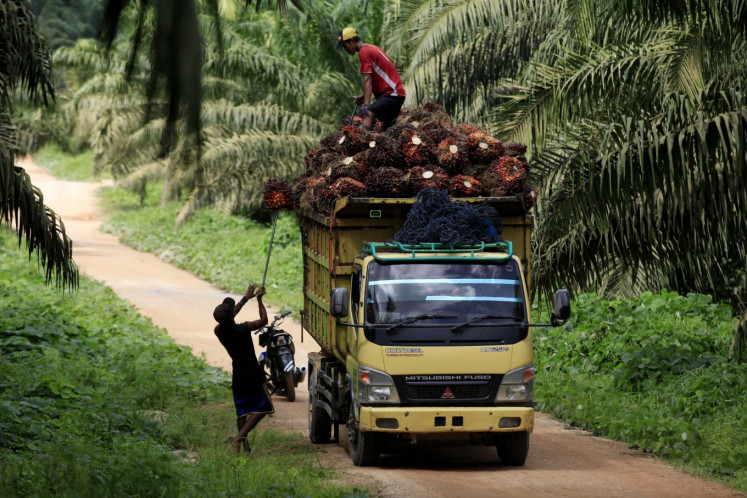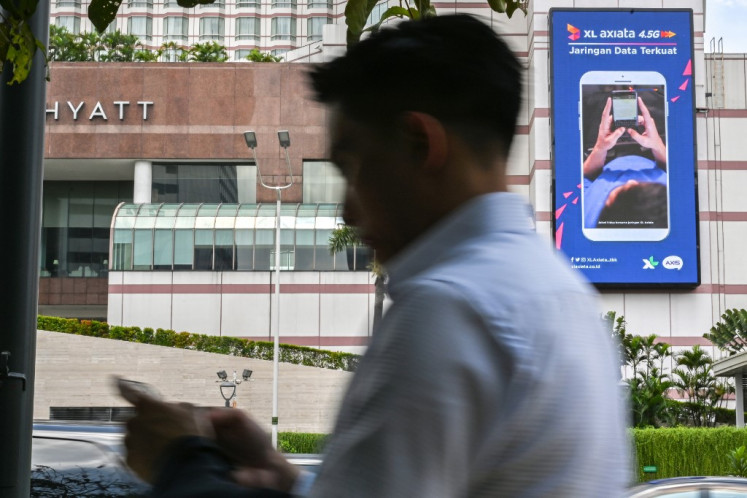Popular Reads
Top Results
Can't find what you're looking for?
View all search resultsPopular Reads
Top Results
Can't find what you're looking for?
View all search resultsA sweet walk down memory lane...
Tokaji EszenciaThe most memorable sweet wine I have ever had is Egon Müller’s 1990 Scharzhofberger Kabinett Riesling
Change text size
Gift Premium Articles
to Anyone
T
span class="caption" style="width: 166px;">Tokaji EszenciaThe most memorable sweet wine I have ever had is Egon Müller’s 1990 Scharzhofberger Kabinett Riesling.
It burst with an exquisite expression of oleander, peach, apple and vanilla so delicate, clean, pure and elegant that
I sat there dumbfounded.
I was awestruck as it unfurled layers of sublime, visceral delights attesting to the greatness of the vintage and 21-year evolution of flavors in the bottle. It prompted me to bless the lord God, king of the universe who created the fruit of the vine.
Another unforgettable wine was the Chateau Coutet 1997 I had at a picnic lunch in Sukabumi, West Java.
It was like rolled, rounded layers of primary, secondary and tertiary flavors that exploded in the mouth, leaving me sitting there motionless.
When I had it again on other occassions, however, this out-of-the-world experience was elusive.
Another otherworldly experience was presented by the Tokaji Eszencia I had at a dinner at William Kafe Artistik years ago. I can still recall the lively, tremendous acidity directly underlining a lovely, mindblowing core of gigantic sweetness (whose residual sugar content could be more than 800 g/l).
This rare nectar is the free-run juice obtained as a result of natural pressure due solely to the berries’ own weight after hand-selected botrytis-affected berries are stacked on top of each other.
A sip of it was enough to make the other Tokaji (Aszu) wines with their different degree of puttonyos less desirable.
A noble Botrytis Semillon de Bortoli 1993 from Australia is another dessert wine I cherish for its interplay between good acidity and intense ripe fruit, with some mocha and cocoa flavors encircling its core sweetness.
Another wonderful dessert wine is the Nederburg Noble Late Harvest 2005. Its magnificent expression of sweetness was well balanced with good acidity and notes of litchi adding to its excitement.
However, the Nederburg Special Late Harvest 2007 I drank a few years later demonstrated there was a wide gap between “noble” and “special”.
Egon Mueler Kabinett.Another disappointment came from the Chabot First Frost wine (Gold) I bought at a Duty Free Shop (DFS) at Changi Airport in Singapore in 2010.
The shop assistant, Jennie Tan, told me it was a rare French ice wine more decent than that of Canada’s Inniskilin ice wines that she referred to as “overly sweet”.
This and the unusual varietal from which it was made, Petit Manseng, prompted me to buy. However, I later realized it was not an ice wine but a mere sweet white wine and I felt cheated. Its subdued flavors of honey, orange, spiciness and dry jute bag paled in comparison to the bold, brilliant flavors of Inniskilin ice wines.
Vinsanto of Italy was another sweet wine I bought out of curiosity at VIN+ in Kemang, South Jakarta. However, I did not like its combination of sweetness, dryness and oxidation, which somehow reminded me of sherry.
Perhaps the air-drying of grapes was responsible for such a taste. Port wines are for me fruitier and fresher and thus easier to enjoy than Vinsanto. Dow’s, Cockburn, Graham’s and Sandeman are all enjoyable ports that have graced many wine dinner events in Jakarta.
Two years ago, a non-vintage white port by the name of Balius was introduced to Jakarta. Its cloying sweetness, however, made its serendipitous appeal wear off quickly.
A decent, round tannins port that I particularly cherish was Dow’s 1977 I tasted in 2003 at William Kafe Artistik.
The smooth, rich port was not mindblowing but proved to be a discreetly great companion for the mindblowing French boutique cheese Bleu de Termignon that was produced by one woman in the village of Termignon in the Savoie département of the Rhône-Alpes region.
Two memorable sweet wines with which I have serendipitious encounters were Chinese sweet osmanthus wine (Kuei Hua Chen Chiew) produced by Beijing Winery and a Italian table wine, Greco del Sannio Beneventano 1993.
Balius white port. (JP/Arif Suryo)The first, despite its low price, was a lovely wine with breathtakingly beautiful osmanthus flavor that gave me a lot of pleasure. The latter, made from Greco grapes in Campania, was a dazzling wine with the right balance of sweetness, fruitiness, freshness, oak and backbone that I treasured until the last drop.
Sweet Muscat wines are my favorite and the unforgettable one is Muscat de Beaumes de Venise with its wonderful fragrance of orange blossom, rose, elderflower and honeysuckle.
Made exclusively from the best variety, Muscat Blanc à Petits Grains, it has pure grape spirit added to the must when it has reached 5 percent alcohol. A slightly bitter edge gives this fortified wine a check on its intense sweetness.
Another impressive muscat wine is Morris Rutherglen Liqueur Muscat. It was viscuous with raisiny, prune juice, brown sugar flavors that differed from the other muscat wines I know.
On the lighter side, the semi-sweet Hatten Alexandria wine, made from Belgia grapes, a lesser member of the Muscat grape family, was surprisingly good but the cashier lady at the Warung Kayu restaurant in Bali put ice cubes on my glass to speed up the chilling of the wine.
A few months ago, I came across a much more exciting muscat wine from Australia produced in Bali, Bellissimo Moscato. The first time I sipped it, I was awestruck. It was a marriage between genially crafted hedonistic flavors and a smart pricing policy. I want more...












